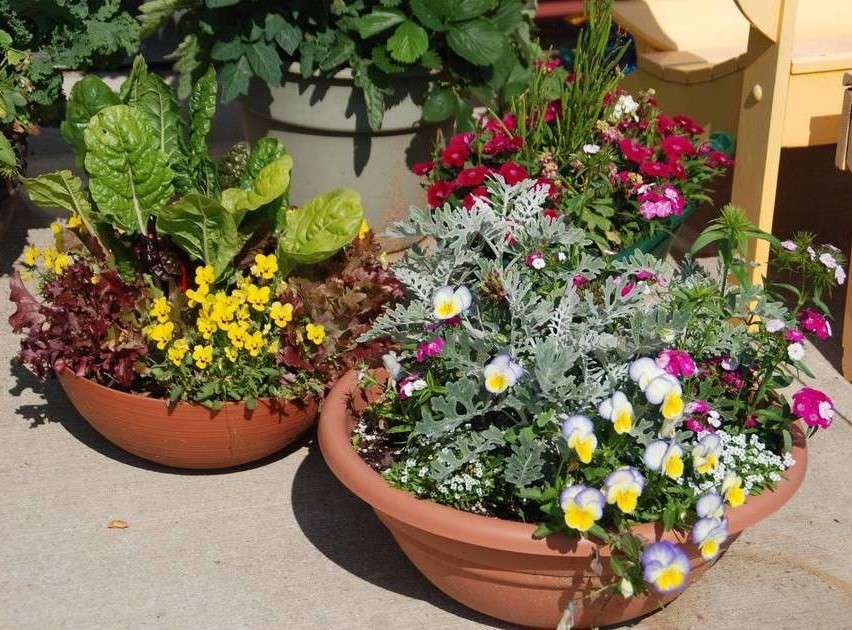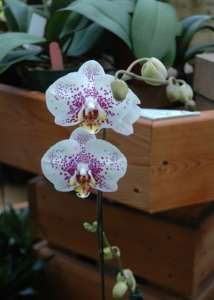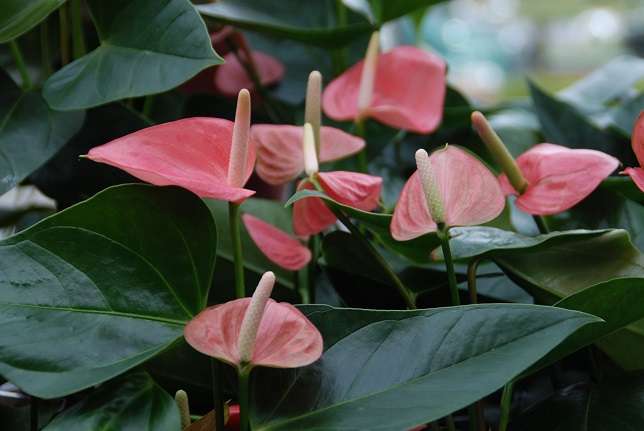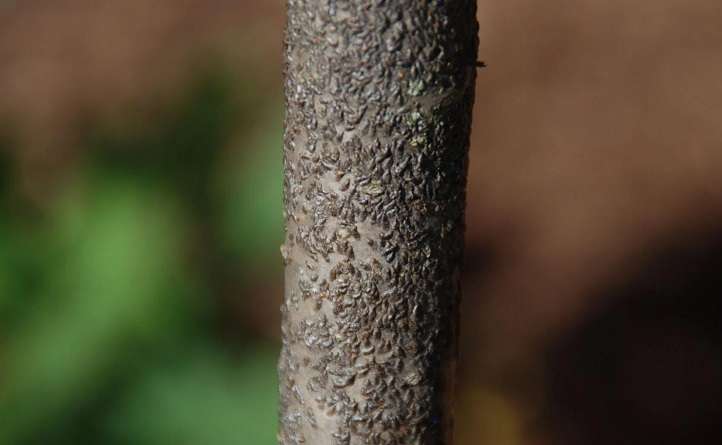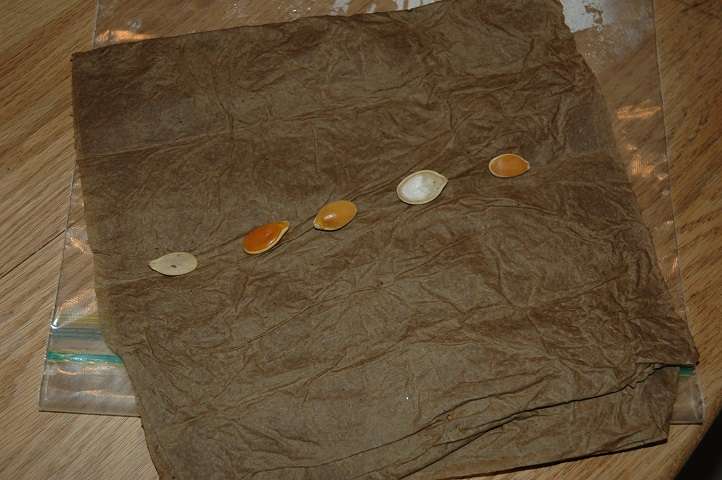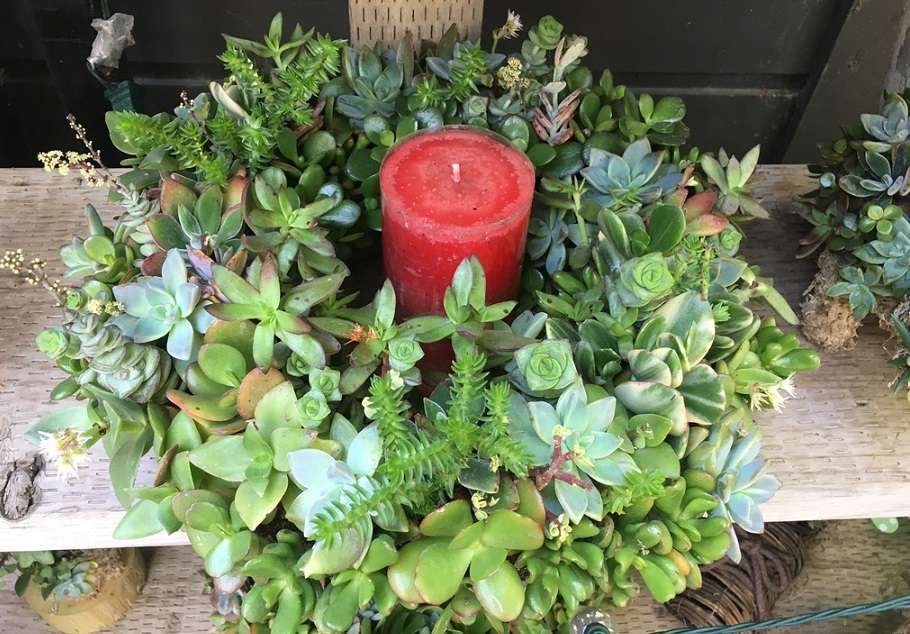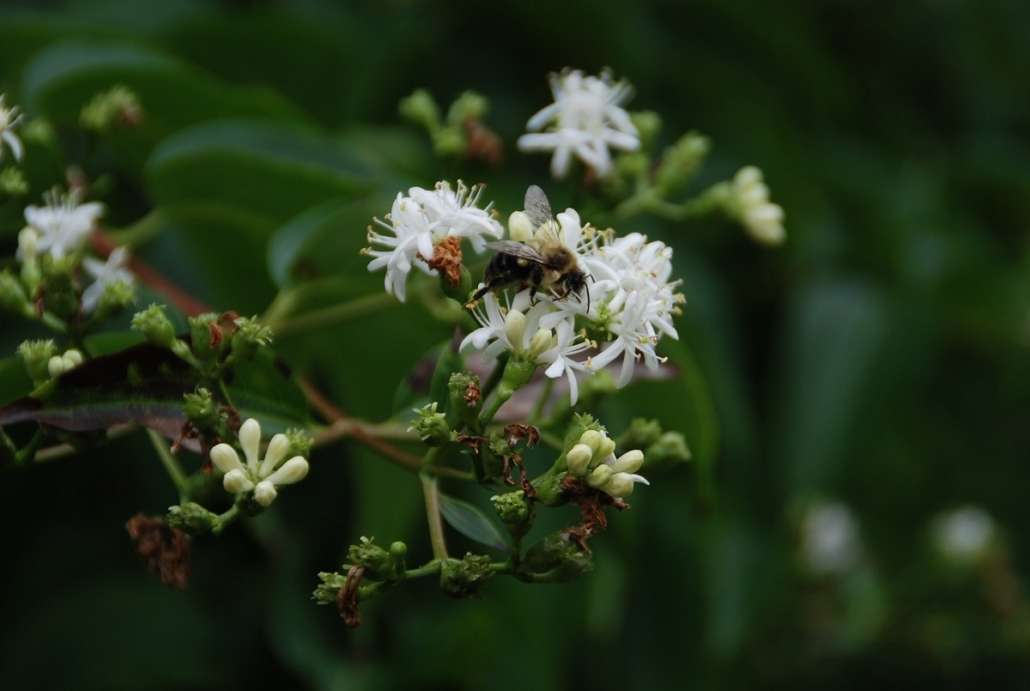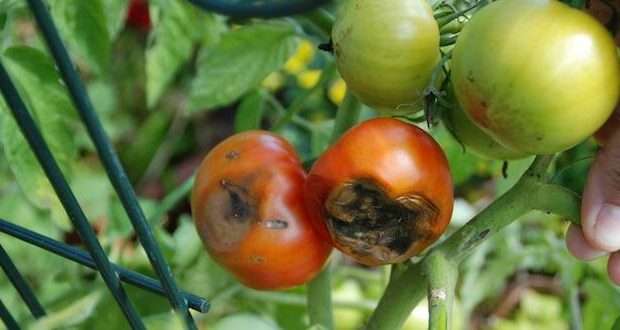SMALL SPACE GARDENING: 2024 winning flowers for your garden and containers
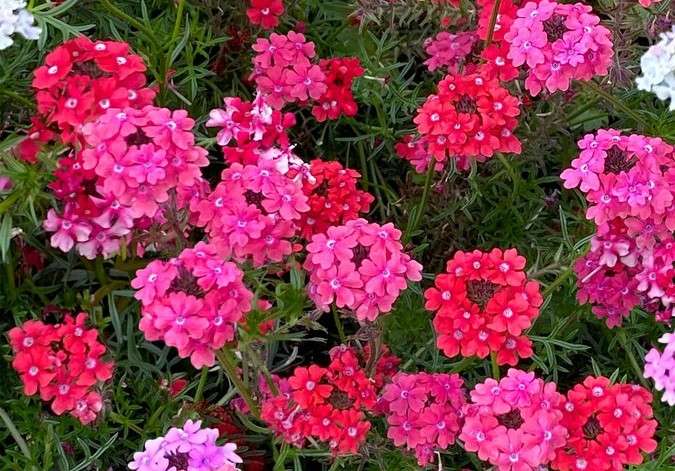
Sweetheart Kisses verbena attracts pollinators and brings a vibrant mix of red, rose, pink, and a bit of white to gardens or containers. (photo courtesy of All-America Selections)
 by Melinda Myers
by Melinda Myers
Make some room in your garden or containers for the new All-America Selections 2024 National award-winning plants. These winning varieties are tested in trial gardens across the United States and Canada. Volunteer judges rate entries based on their improved performance, flavor, disease resistance, and other unique qualities related to their performance in gardens and containers.
Celosia burning embers was selected for its bronze foliage with dark pink veins that contrasts with its vibrant pink flowers. Like other celosias, this variety is heat, humidity, and drought tolerant. Grow it in a container or garden bed in a sunny location. Grow plenty as you will want to pick a few to add to summer bouquets and dried arrangements.
Siam Gold marigold is another season-long bloomer that thrives in full sun and tolerates heat and drought. The three-to-four-inch double flowers top 18 to 20″ tall plants that do not need staking. Purchase transplants or extend your planting budget by starting these seeds right in the garden.
Interspecific Solarscapeâ XL Pink Jewel impatiens offers a tropical look and feel to full and partly sunny locations. You’ll enjoy flowers all season long as well as this plant’s superior disease resistance, including resistance to downy mildew disease. Grow this in mass in garden beds and borders or in a few containers on your patio, deck, or balcony.
Sure ShotÔ White Petunia can tolerate crazy weather conditions including heat, cold rain, and sunshine. This petunia hybrid grows eight to ten inches tall and works well in containers, hanging baskets, and garden beds. You’ll enjoy the lightly fragrant flowers that help attract bees and other pollinators to your gardens.
EnVivaÔ Pink petchoa is a cultivar of a petunia and calibrachoa hybrid. This variety wowed the judges with its mounded habit that persisted throughout the growing season. The bright pink flowers with yellow throat held up through heat and rain. Grow these in containers, hanging baskets, and garden beds.
Sweetheart Kisses verbena adds a vibrant mix of red, rose, pink, and a bit of white to full and partly sunny spots in your landscape. The airy foliage creates a nice backdrop for the flowers. Use it as an annual groundcover, edger in a flower bed or mixed border, or in a container alone or mixed with other annuals. Then watch for the butterflies and bees stopping by the flowers.
Big EEZE Pink Batik geranium’s unique pink and white mosaic blooms perform as well as other members of the Big EEZE series. The plant produces an abundance of flowers of equal size and coloration. It performed well in full to part sun in containers and garden beds.
Combine these winners with your other favorite flowers to create a stunning landscape and eye-catching containers this growing season.
Melinda Myers has written more than 20 gardening books, including Midwest Gardener’s Handbook, 2nd Edition and Small Space Gardening. She hosts The Great Courses “How to Grow Anything” instant video and DVD series and the nationally syndicated Melinda’s Garden Moment radio program. Myers is a columnist and contributing editor for Birds & Blooms magazine. Myers’ website is www.MelindaMyers.com.


